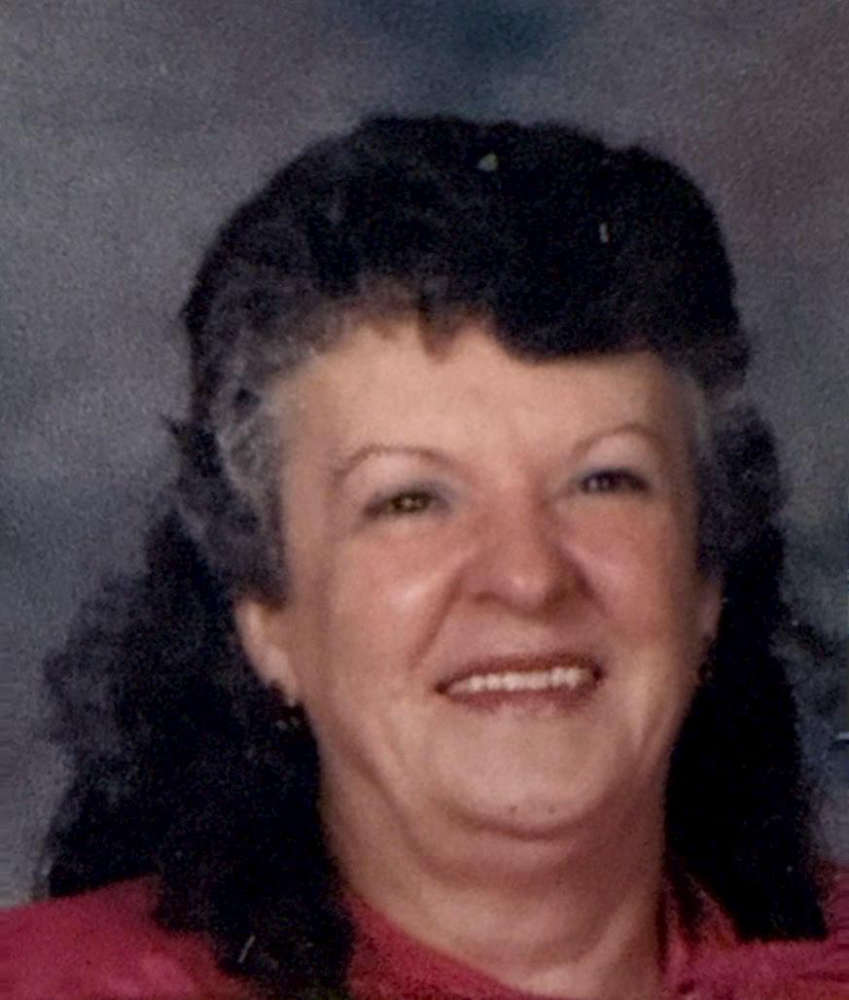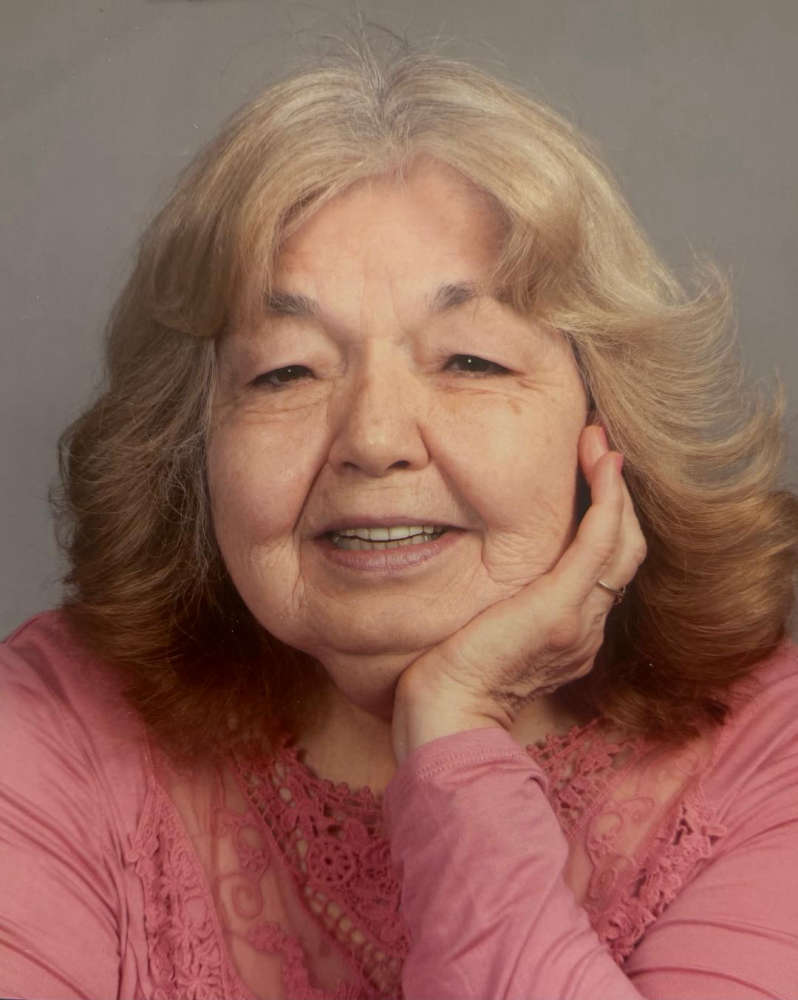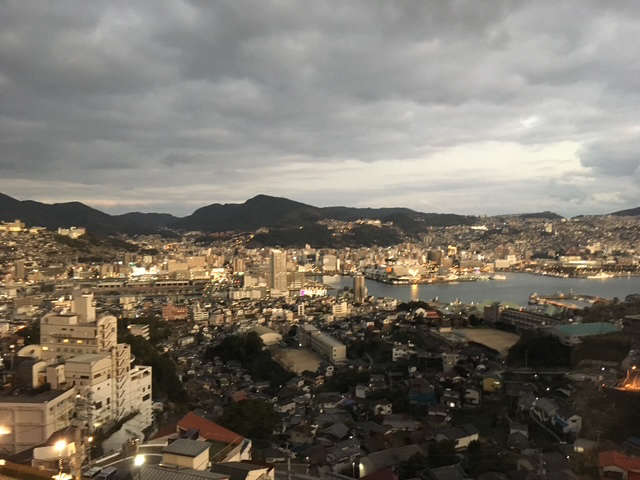
Like Hiroshima, Nagasaki is well known worldwide for the same reason. On Aug. 9, 1945, at 11:02 a.m., the U.S. dropped a second atomic bomb, called “Fat Man,” in Nagasaki City.
The B-29 bomber was originally supposed to drop the bomb on Kokura, in Fukuoka (near where I live), but due to poor visibility and bad weather conditions, the pilot was unable to find his intended target, so a decision was made for the plane to proceed to the secondary target of Nagasaki.
Even though the bomb dropped on Nagasaki was much more powerful than the one dropped on Hiroshima, due to the mountainous and uneven terrain, the city was partially shielded. Still, however, with a population of nearly 200,000 people, 20% of the total population perished immediately from the explosion and by year’s end, that percentage rose to something like 36%, which was around 70,000 people.
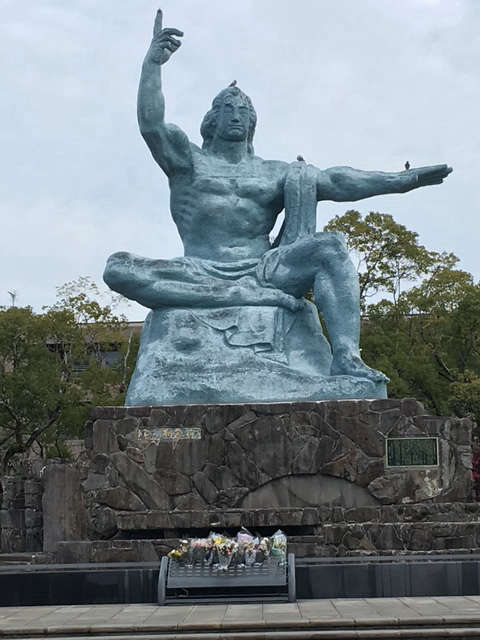
Like visiting Hiroshima, one cannot do so without feeling the heaviness of what occurred there. The city is now modern and beautiful, but what happened there is ever present and it is quite sobering to visit the very well designed and imposing “Peace Park” with its looming statue (photo) and the Nagasaki Atomic Bomb Museum.
The museum allows visitors to learn about the bombing of Nagasaki deeply by perusing the museum’s exhibits and displays.
Today, Nagasaki is a vibrant tourist center that affords sightseers a variety of activities to do and interesting places to see and visit. The primary industry, other than tourism, is ship building, where large shipyards are grouped along the harbor and bay.
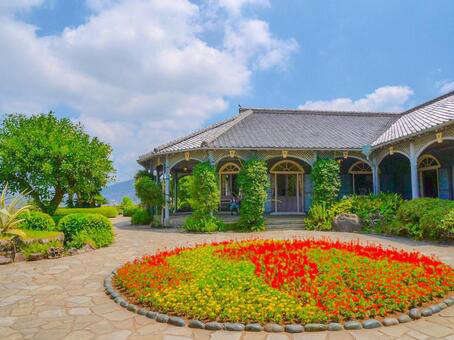
I highly recommend visiting the Glover Mansion and Gardens, which is the historic home (photo) of the Scottish merchant Thomas Blake Glover. He was instrumental in the modernization of Nagasaki in the fields of coal mining, shipbuilding, and a variety of other endeavors.
It is said that the house is the oldest surviving example of Western-style residence architecture (completed in 1863), and it sits atop a hill that has a breathtaking view of Nagasaki harbor. It can certainly be said that Mr. Glover indeed had a good eye for real estate!

The house also is referred to as the “Madame Butterfly House” with statues of Puccini and the diva who played Madame Butterfly located nearby in the park.
The house is unique because it combines a blending of Western and Japanese aesthetics — the basic structure resembles a Japanese-style building, incorporating elements of Japanese construction techniques, but sprinkled with an abundance of foreign details that accentuate it nicely.
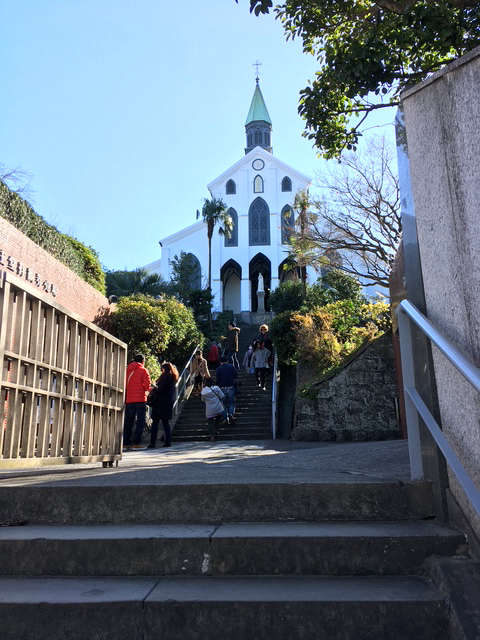
One of Nagasaki’s crown jewels must be the Oura Church (officially called the “Basilica of the Twenty-Six Holy Martyrs of Japan” and is regarded as the oldest Christian church in Japan). (photo)
It is walking distance from Glover Mansion and Gardens, and I highly recommend you combine the two sites when visiting the area. The church was damaged during the bombing of Nagasaki, but it avoided collapse and was saved.
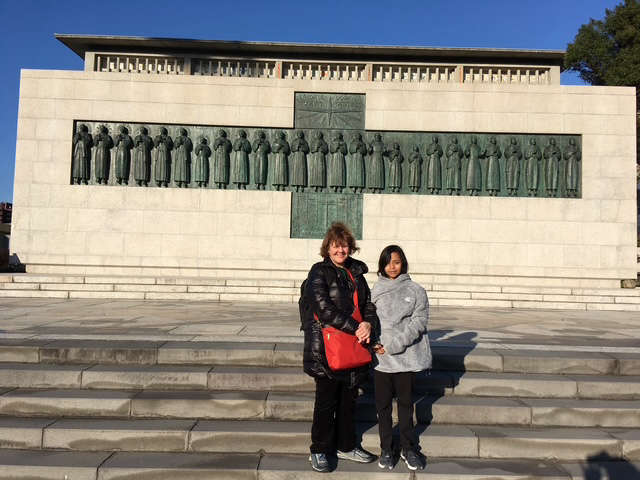
In fact, anyone who is interested in Catholicism and its history in Japan should research about the Catholic missionaries and “Hidden Christians” that is an important part of Nagasaki’s rich and vibrant history. The 2016 Hollywood film “Silence” depicts the 17th century conflict of faith where Christianity was outlawed and people who refused to renounce Catholicism were severely tortured. (photo of monument to the 26 martyrs).
The only territory open to Westerners in Japan for trade was at the artificial island of “Dejima” (a self-contained area to isolate all foreigners from the mainland, created in 1636 by digging a small canal through to a peninsula that was only accessed by a small bridge).
Dejima served as a trading post for the Portuguese (1570-1639), then the Dutch (1641-1858). It was strictly regulated by the shogunate, not allowing any fraternizing of the native Japanese with the foreign traders.
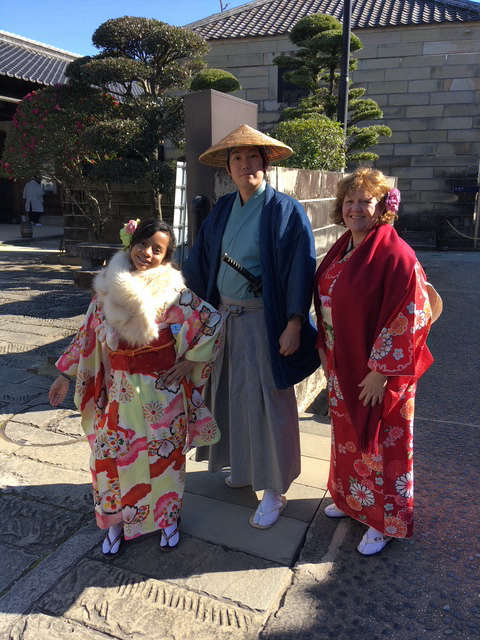
Today, Dejima offers visitors a chance to see and experience what life would have been like back in the 17th century with well-preserved buildings and well-maintained exhibits. Visitors can rent kimonos to wear while touring the area, which is a fun and interesting activity to do. (photo of my friend Carol Bornstein and her daughter, Mady, dressed in full kimono regalia).
Another nice feature of Nagasaki is its well-preserved Chinatown. Stretching for many blocks, it offers ample shopping opportunities and great restaurants. In fact, I recommend that you plan your itinerary to do morning sightseeing around the city and then take a break for lunch in Chinatown before continuing to do your afternoon activities. The area originally was used by Chinese traders for warehouses during the 15th to 19th centuries when the government allowed trade to occur.
The Chinese traders were strictly regulated, as well, and forced to stay in an area known as Tojin Yashiki, and if any Chinese trader ventured out of this area they would risk being arrested by local guards who roamed the streets looking for offenders.
It was believed that by containing trade with foreign countries to Nagasaki and Dejima, it would prevent any proselytizing by the Portuguese and Dutch Christians in other parts of the country and hopefully curtail any Western-European influence from spreading too widely.
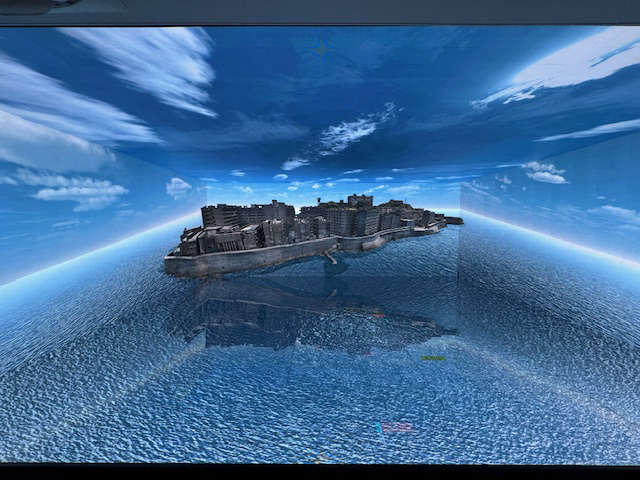
On my most recent trip to Nagasaki, I visited Gunkanjima Digital Museum dedicated to “Gunkanjima” (Battleship Island) which is an abandoned island off the coast of Nagasaki, and from a distance, it looks like an old battleship because it is chock full of decrepit apartment blocks and other buildings. (photo)
Coal was discovered on the island around 1810, and it was regularly inhabited by workers and their families from 1887 until 1974.
The interactive museum has numerous displays that allow visitors to see what life was like on the island (they have even recreated a miner’s apartment that visitors can see up close). A variety of photo and video displays offer a cultural and historical record of what life on the island must have been like.
Using reality goggles, museum attendees can feel as if they are in the ruins and soaring over the buildings, all the while popping in and out of buildings and streets. I recommend sitting down to experience this interactive exhibit because it is easy to lose your balance as you are being whisked digitally around the island. It really does make you feel like you are there!
A boat will take visitors to the island for a closer view, but due to time constrictions, I had to forego this part of the museum tour.
A visit to Kyushu should include Nagasaki. One word of warning: bring your walking shoes and make sure you can climb steep inclines. Nagasaki is a very hilly and mountainous city that requires a bit of physical stamina to do the walking tours.
Todd Jay Leonard grew up in Shelbyville but has lived and worked in Japan for over 30 years. He is a university professor, teaching courses in history, cross-cultural understanding, and English in the Faculty of Education, for both the undergraduate and graduate programs at the University of Teacher Education Fukuoka (UTEF). If you have a story idea or questions about Japanese culture, he can be contacted at toddjayleonard@yahoo.com.


 Brackets announced for historic Shelby County basketball tournaments
Brackets announced for historic Shelby County basketball tournaments
 Santa Claus lights downtown Shelbyville Christmas tree
Santa Claus lights downtown Shelbyville Christmas tree
 Gov. Mike Braun orders flags to half-staff for Pearl Harbor Remembrance Day
Gov. Mike Braun orders flags to half-staff for Pearl Harbor Remembrance Day
 Stay safe; always assume you are on ‘thin ice’
Stay safe; always assume you are on ‘thin ice’
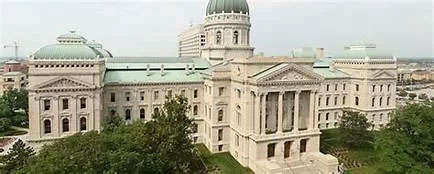 Sen. Leising files bills for cursive writing, management of historic sites
Sen. Leising files bills for cursive writing, management of historic sites
 Our Hospice launches capital campaign to refresh and modernize facilities
Our Hospice launches capital campaign to refresh and modernize facilities
 100% of Keystone Cooperative member profits returned to farmer-members
100% of Keystone Cooperative member profits returned to farmer-members
 More than $320,000 in energy bill assistance available for Duke Energy Indiana customers
More than $320,000 in energy bill assistance available for Duke Energy Indiana customers



